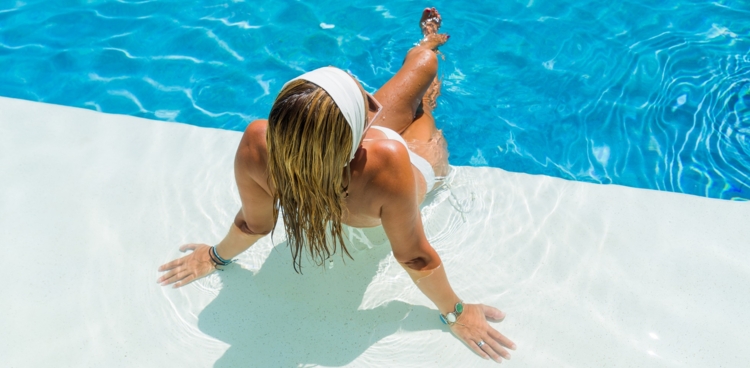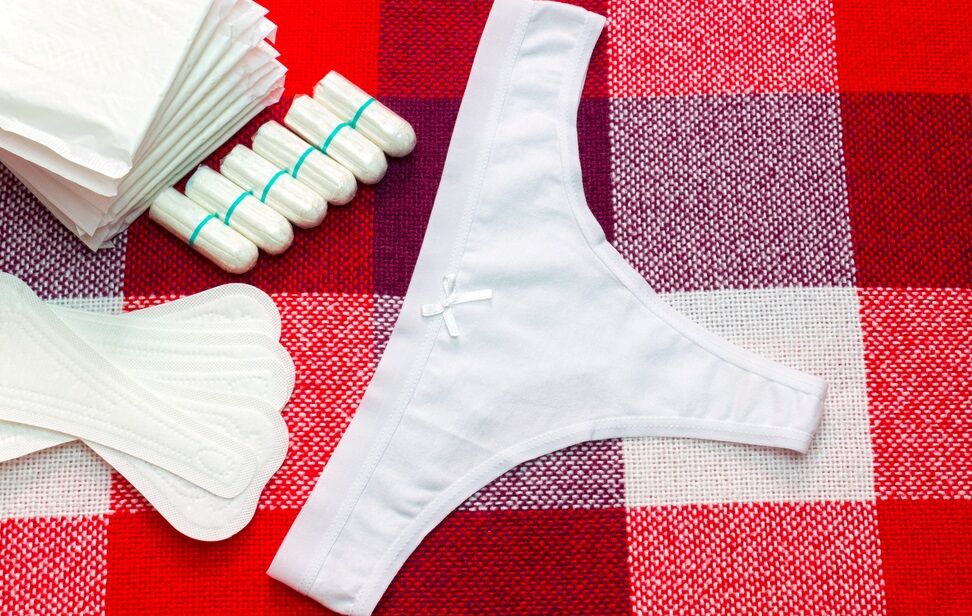Swimming during periods
When you have your period, you might feel pain and discomfort due to cramps. Some people might want to limit their activity and focus on rest at this time.
However, one way to take your mind off the discomfort is by engaging in physical activity. While there are many fitness myths, not being able to swim while you’re menstruating is as absurd as it gets. In fact, health experts recommend a number of types of exercise while you’re menstruating, swimming included.




